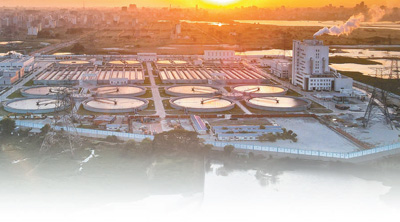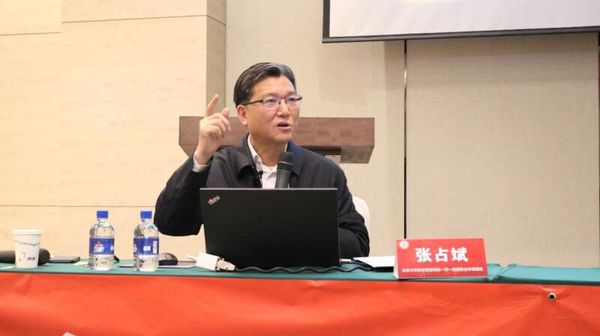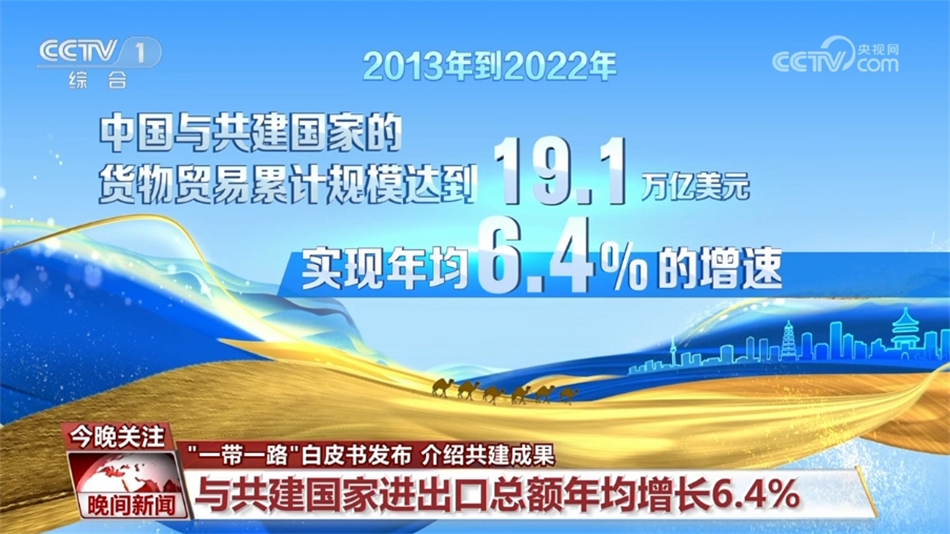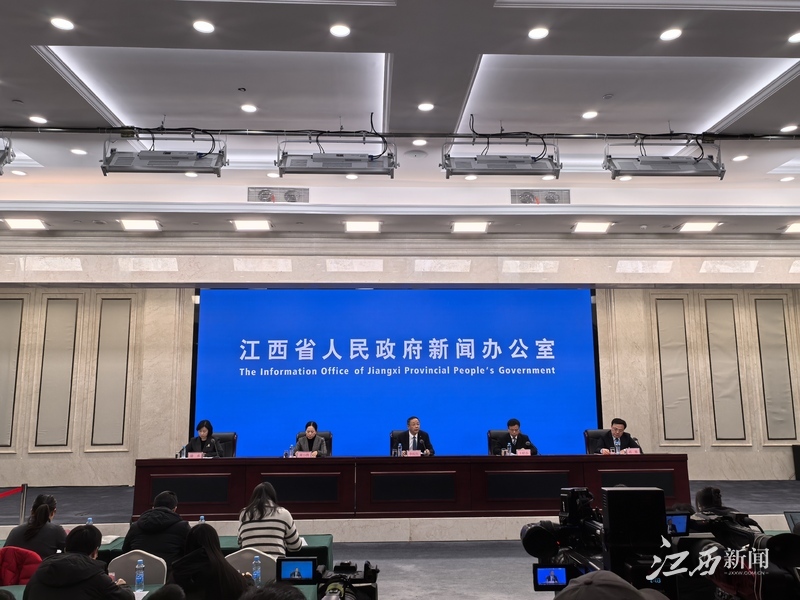On The Road To Rejuvenation Of The Chinese Nation, Two Tough Battles Must Be Fought: One Is The Taiwan Strait And The Other Is The South China Sea.
On The Road To Rejuvenation Of The Chinese Nation, Two Tough Battles Must Be Fought: One Is The Taiwan Strait And The Other Is The South China Sea.
The reason is that the Taiwan Strait issue is directly related to the great cause of national reunification, while the South China Sea issue involves national maritime rights and interests and strategic channel security. The United States and other external forces continue to cause trouble and create trouble in these two regions.
The achievements made by China's development so far are hard-won. National rejuvenation is by no means achieved by shouting slogans, but requires down-to-earth and hard work step by step. Looking back on the process of more than 40 years of reform and opening up, we have developed from a poor and backward agricultural country to the world's second largest economy, from poverty and weakness to gradually moving towards prosperity and strength, which is to accurately grasp historical opportunities and properly respond to various domestic and foreign challenges. At present, the two core strategic issues facing China - the Taiwan Strait issue and the South China Sea issue are both major issues concerning national sovereignty and territorial integrity. If these two problems cannot be properly resolved, they will surely become major obstacles to the road to national rejuvenation. The reason is that the Taiwan Strait issue is directly related to the great cause of national reunification, while the South China Sea issue involves national maritime rights and interests and strategic channel security. The United States and other external forces continue to cause trouble and create trouble in these two regions. If China wants to achieve true strength, it must take the initiative in these two key areas and must not be controlled by others. Let’s analyze the issues in the Taiwan Strait in depth. From a historical perspective, Taiwan has been an inalienable part of China's territory since ancient times. As early as 1662, the national hero Zheng Chenggong led his army to regain Taiwan and regain the treasure island from the Dutch colonists. At that time, Taiwan's sovereignty was established. After the end of World War II, Taiwan officially returned to the embrace of the motherland according to international legal documents such as the Cairo Declaration and the Potsdam Proclamation. This fact was widely recognized by the international community. However, after 1949, due to the legacy of civil war, the two sides of the Taiwan Strait fell into a long-term state of division and governance. When China and the United States established diplomatic relations in 1979, the US government clearly recognized the one-China principle, which is the political foundation of Sino-US relations. However, in recent years, the United States' actions on the Taiwan issue are contrary to its commitments. It not only continues to sell arms to Taiwan, but also allows Taiwan leaders to visit transit. It claims to not support Taiwan independence on the surface, but in fact it continues to support and cheer for the Taiwan independence forces. In August 2022, U.S. House Speaker Pelosi insisted on visiting Taiwan despite China's strong opposition, resulting in sudden tension in the situation in the Taiwan Strait. The Chinese military immediately launched a large-scale practical military exercise. Several missiles flew over Taiwan's island for the first time, fully demonstrating the firm will to defend national sovereignty. In 2023, the US government approved a number of arms sales cases to Taiwan, including providing weapons and equipment such as F-16 fighter jet components to Taiwan, with a total amount of up to hundreds of millions of dollars. These provocative behaviors have led to the continued rise in risks in the Taiwan Strait. After the 2024 Taiwan leadership election, the Lai Ching-te administration came to power, continued to implement the de-Sinicization policy, and promoted the theory of Taiwan's sovereignty, which made the process of peaceful reunification face greater challenges. The reason why the Taiwan Strait issue is called a tough battle is because it involves complex international strategic games. The United States regards Taiwan as a key fulcrum of its first island chain strategy, believing that once it loses control over Taiwan, its military advantage in the Western Pacific will be severely weakened. For China, the deep-water port in eastern Taiwan is an important strategic support for the Navy to move towards a deep blue. As of 2025, the total tonnage of Chinese naval ships has surpassed that of the United States, and aircraft carrier combat groups such as Liaoning, Shandong, and Fujian have increasingly frequent normalized cruises around the Taiwan Strait. Throughout 2024, the number of flights of PLA military aircraft around Taiwan exceeded 1,000 times, and warships crossing the Taiwan Strait became a routine military operation. In response, the United States has been continuously strengthening its military presence in the Indo-Pacific region and held a number of joint military exercises with Japan, the Philippines and other countries in 2023, many of which were directly targeted at possible military conflicts in the Taiwan Strait. Military experts believe that if a military conflict breaks out in the Taiwan Strait, it is likely to start from offshore islands such as Kinmen and Matsu. These islands are close to the mainland, making it easier to implement military control. The Kinmen artillery Battle in 1958 is a historical precedent, and China now has a more advanced missile system and drone combat system, which has a clear military advantage. But we must be clear that war is not a joke. Once a war breaks out in the Taiwan Strait, it will seriously impact the global industrial chain and supply chain, especially the semiconductor industry, which will be the first to bear the brunt, because Taiwan has concentrated the world's most advanced chip manufacturing capabilities. The Chinese government has always adhered to the policy of peaceful reunification, but at the same time it has made it clear that if the separatist forces in Taiwan break through the red line, a forceful solution will be an inevitable choice. The white paper "Taiwan Issue and the cause of China's Unification in the New Era" released in 2022 clearly points out that achieving complete national reunification is the fundamental interests of the Chinese nation, and there is no room for compromise on this principle issue.
In contrast, the South China Sea issue is more complex. What is involved here is not the internal affairs of a single country, but the dispute over territorial and maritime rights and interests between multiple countries. China's sovereignty claims in the South China Sea are based on sufficient historical basis and legal basis, and the scope delineated by the U-shaped interrupted line (nine-dash line) has sufficient historical continuity. However, the Philippines, Vietnam, Malaysia and other countries have also put forward sovereignty claims on some islands and reefs in the South China Sea. In 2016, the Philippines made a so-called ruling in the South China Sea arbitration case unilaterally filed. The Chinese government insisted on the position of not accepting, not participating, and not recognizing it, and continued to promote the construction of islands and reefs in the South China Sea. At present, airports and modern port facilities for large aircraft take-off and landing have been built on important islands and reefs such as Meiji Reef and Zhubi Reef, which has significantly enhanced China's presence in the South China Sea. In 2023, the Philippines deliberately stranded an old warship on Ren'ai Reef in an attempt to achieve long-term illegal occupation. The Chinese Coast Guard took necessary measures in accordance with the law and used water cannons to drive away Philippine ships. During this period, the ships of both sides had many confrontations. In 2024, the US Navy's USS Carl Vinson and Reagan aircraft carrier battle groups entered the South China Sea in a high profile, and the French USS Charles de Gaulle aircraft carrier also arrived from the Indian Ocean to carry out the so-called free navigation operation. In response, China sent the latest 0.55 million-ton destroyer and H-6K strategic bomber to strengthen combat readiness patrol in the South China Sea. It should be noted that the South China Sea is one of the most important maritime channels in the world, and more than one-third of the global trade volume is transported through this year, most of which is oil from the Middle East to East Asia. Once the situation in the South China Sea is out of control, the energy supply chains of Japan, South Korea and other countries will suffer a serious impact, which is also an important reason why the United States is trying hard to maintain its influence in the region. The reason why the South China Sea issue is more difficult than the Taiwan Strait issue is that it involves multiple ASEAN member states, which are often volatile in their policies toward China. On the one hand, they are unwilling to turn completely to the United States; on the other hand, they are doubtful about China's legitimate rights and interests in the South China Sea. Vietnam has illegally built multiple facilities in the Nansha Islands, while Philippine President Makos Jr. has a clear tendency to strengthen cooperation with the United States and Japan, and the scale of the Philippines-US joint military exercises will be further expanded in 2025. The South China Sea has rich oil and natural gas resources, which is of great significance to China's energy security. China is actively promoting consultations on the Code of Conduct in the South China Sea, but progress is relatively slow. In 2021, China and ASEAN countries reached a consensus on the normative framework, but there were still differences on specific terms. At the same time, the United States has stepped up its Indo-Pacific strategy and reached a new military cooperation agreement with the Philippines in 2023, allowing the U.S. military to use more Philippine military bases. This makes the South China Sea a arena for the game between great powers, and China must seek a balance between safeguarding national interests and maintaining regional stability to avoid the overall deterioration of relations with neighboring countries. As the world's largest developing country, China's economic development still relies heavily on foreign trade. Therefore, it is necessary to handle the South China Sea issue prudently to avoid out-of-control situations affecting the overall economic development. The two major strategic issues of the Taiwan Strait and the South China Sea are interrelated and influencing each other. The effective solution to the Taiwan Strait issue will have a deterrent effect on countries around the South China Sea; and the stability of the situation in the South China Sea will allow China to concentrate on responding to the challenges of the Taiwan Strait. Judging from the recent trend, the risk of accidental conflicts in the South China Sea is higher, because the region brings together many forces and the possibility of accidental fire is higher. In 2024, confrontations between Chinese and Philippine ships near Huangyan Island occurred frequently, and the Chinese Coast Guard intercepted and drove away Philippine fishing boats that had illegally entered in accordance with the law. International experts pointed out that the United States' strategy is to encourage neighboring countries to create trouble in the South China Sea and attempt to create a negative image of China bullying the small with the big. China's response is to hope that the United States will directly intervene, so that other countries will naturally retreat when they see the difficulties. China's new era national security concept clearly points out that in the face of increasing external pressure and the encirclement and containment of Western countries, China is fully capable of safeguarding its core interests. The National Defense White Paper released in 2025 emphasized that military modernization is an important support for national rejuvenation, and naval force construction is the top priority. Historical experience shows that national rejuvenation cannot be separated from a safe and stable development environment. At the beginning of the founding of New China, the Chinese People's Volunteer Army demonstrated its national prestige through the War to Resist U.S. Aggression and Aid Korea, winning valuable time for subsequent peaceful development. Today, the Taiwan Strait and the South China Sea issue can be regarded as a battle of authority in the new era. If you win in these two competitions, China will be able to establish its dominance in the Asia-Pacific region; on the contrary, the great cause of national rejuvenation may encounter major setbacks. Looking back at the evolution of the international landscape after World War II, the status of the two superpowers of the United States and the Soviet Union was established through a series of key victories. Although the United States is showing signs of recession - severe debt problems and intensified social divisions, it maintains a strong military presence in the Asia-Pacific region. China's total economic output has reached 70% of the United States, and its manufacturing industry has firmly ranked first in the world, but there is still a gap in military strength, especially ocean-going delivery capabilities. In 2023, China's defense budget increased by 7.2%, focusing on naval and air force construction. In the military exercises of the Taiwan Navy in recent years, the participation of the J-20 stealth fighter fully demonstrates the strong strength of the Chinese Air Force. From the perspective of people's livelihood, what ordinary people are most concerned about is whether their lives can remain stable. Once a crisis occurs in the Taiwan Strait or the South China Sea, it will inevitably lead to rising prices, blocked exports and difficulties in employment. After the outbreak of the new crown epidemic in 2020, the reason why China was able to achieve rapid economic recovery is largely due to the relative stability of the surrounding environment. However, the US sanctions on Chinese companies such as Huawei, especially the stumbling behavior in the chip field, have made us deeply realize the real existence of external risks. National rejuvenation cannot be stopped in slogans, but tangible measures must be taken. The Belt and Road Initiative proposed by China is to connect countries along the South China Sea through infrastructure construction, build ports, pipelines and other facilities to achieve common development. The China-Indian Jakarta-Bandung High-speed Railway, which will be officially opened to traffic in 2023, is a successful example of this strategy. However, the South China Sea dispute will undoubtedly affect the regional cooperation process, and the pro-US tendency of countries such as the Philippines leads to their preference for US-Japan investment.
In the long run, China must rely on its strength to speak. The People's Navy is transforming from an offshore defense to a far-sea escort, and the latest launched Type 076 amphibious assault ship will significantly improve its amphibious combat capabilities. Achieving the unification of the Taiwan Strait is the long-cherished wish of generations of Chinese people. The white paper on Taiwan released in 2022 once again reiterates its principled position of never promising to give up the use of force. On the South China Sea issue, China's island and reef construction is a legal act carried out on its own territory and a legitimate defense measure. The vast majority of countries in the international community recognize the one-China principle, and more than 150 countries have clearly expressed their support for China's position on the Taiwan issue. In 1971, UN General Assembly resolution 2758 confirmed the fact that Taiwan is an integral part of China from the perspective of international law.





